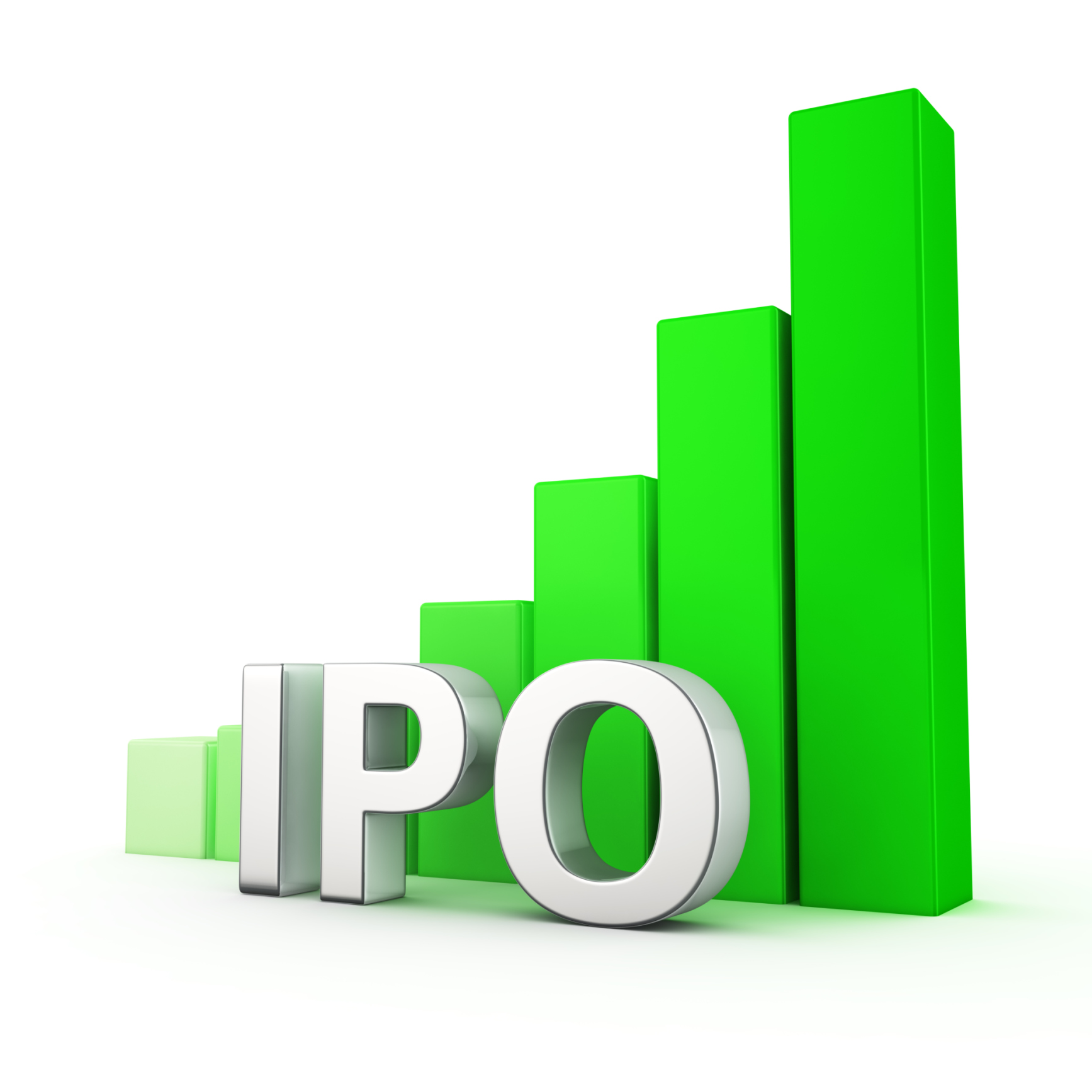Technology
Why the Markets Love DocuSign and Smartsheet IPOs So Much

Published:
Last Updated:

It almost feels strange that companies like Smartsheet Inc. (NYSE: SMAR) and DocuSign Inc. (NASDAQ: DOCU) would come public on the same day. They are not identical companies, but each has a role in simplification platforms that businesses and enterprises are starting to use regularly. Both companies have grown handily and still have larger total addressable market opportunities as they expand their customer bases and as the public becomes more comfortable with the digitalization process. Both companies even have a path toward profitability, if they deliver in the coming quarters and years.
DocuSign is more known by the public because of the contract and signature interface simplification for rental and sales agreements. The company has simplified this process for millions of contracts and has expanded well beyond real estate. 24/7 Wall St. already has offered the 10 things that investors needed to know about DocuSign ahead of the IPO, and the reality is that there were more positives than negatives, even considering that the rate of growth may be slower than the massive growth of the prior year.
DocuSign priced at $29.00 per share, above the already-raised price range. Its first print was up 31% at $38.00, and the stock had traded over 10 million shares by 12.15.
Smartsheet brings companies and organizations faster and more efficient processes as a cloud-based platform for work execution, automation, forms, internal projects and more. Smartsheet’s IPO documentation even said:
As of January 31, 2018, over 92,000 customers, including more than 74,000 domain-based customers, 90 companies in the Fortune 100, and two-thirds of the companies in the Fortune 500, with annualized contract values, or ACVs, ranging from $99 to $2.3 million per customer, relied on Smartsheet to implement, manage, and automate processes across a broad array of departments and use cases. Our customers rapidly expand their use of Smartsheet because it is effective. They achieve higher productivity and faster time to market.
The Smartsheet deal was a smaller one at 11.6 million shares at $15.00 per share. It opened at $18.40 out of the chute and by the noon hour was up over 23% at $18.51 on nearly 6 million shares. Smartsheet’s initial price range was $12 to $14 per share.
One thing that should stand about Smartsheet is that new investors are unlikely to have any real say whatsoever in any matters that pertain to how the company runs. Following this offering, it has the Class A and Class B structure, where the Class A shares get one vote and the Class B shares get 10. In short, it’s going to be a long time before the Class A shares have enough voting power after insiders sell out over time — and it’s the Class A shares that the public and new institutions are buying in the IPO. The filing said:
Outstanding shares of Class B common stock will represent approximately 98.7% of the voting power of our outstanding capital stock immediately following the closing of this offering, and outstanding shares of Class B common stock held by our directors, executive officers, and 5% shareholders, and their respective affiliates, will represent approximately 80.7% of the voting power of our outstanding capital stock immediately following the closing of this offering.
Thank you for reading! Have some feedback for us?
Contact the 24/7 Wall St. editorial team.